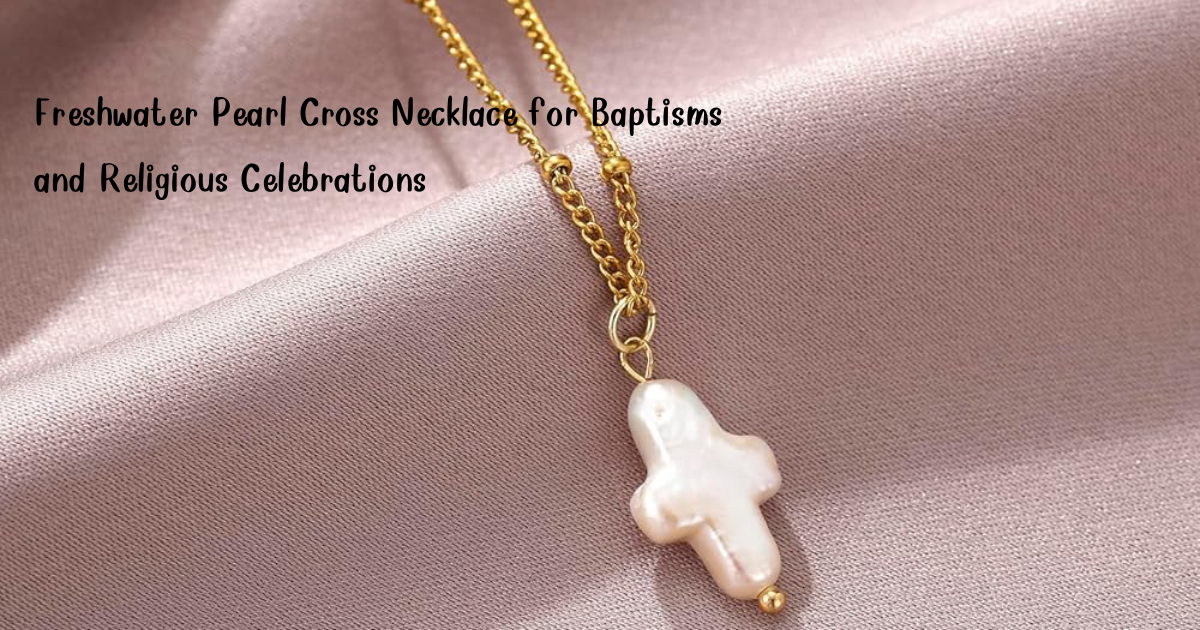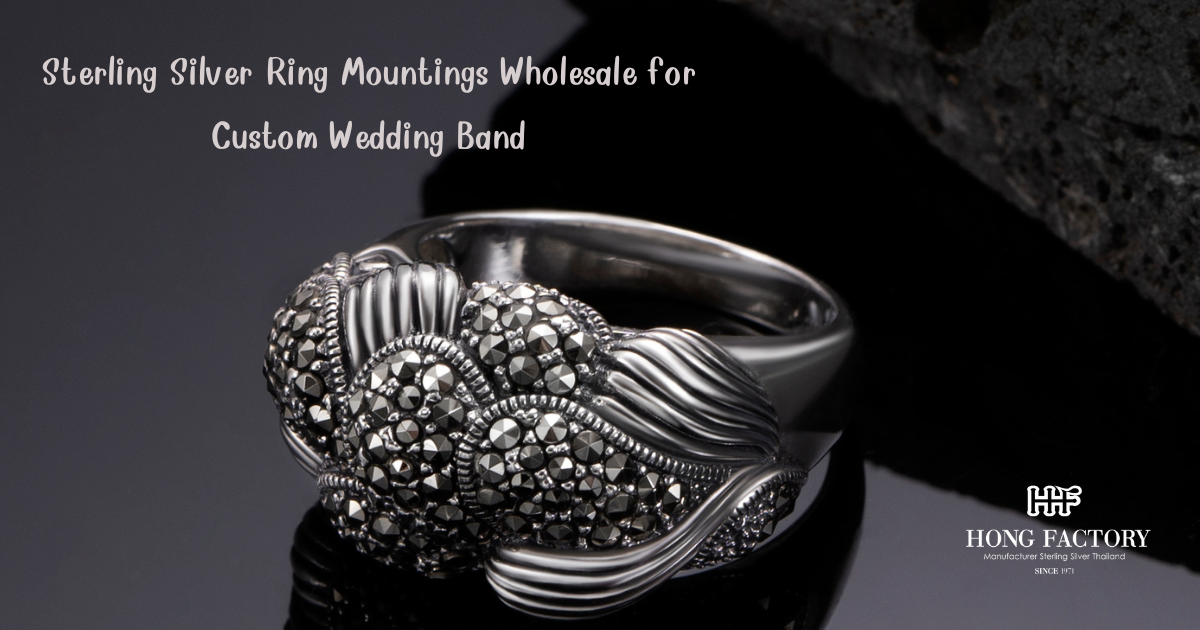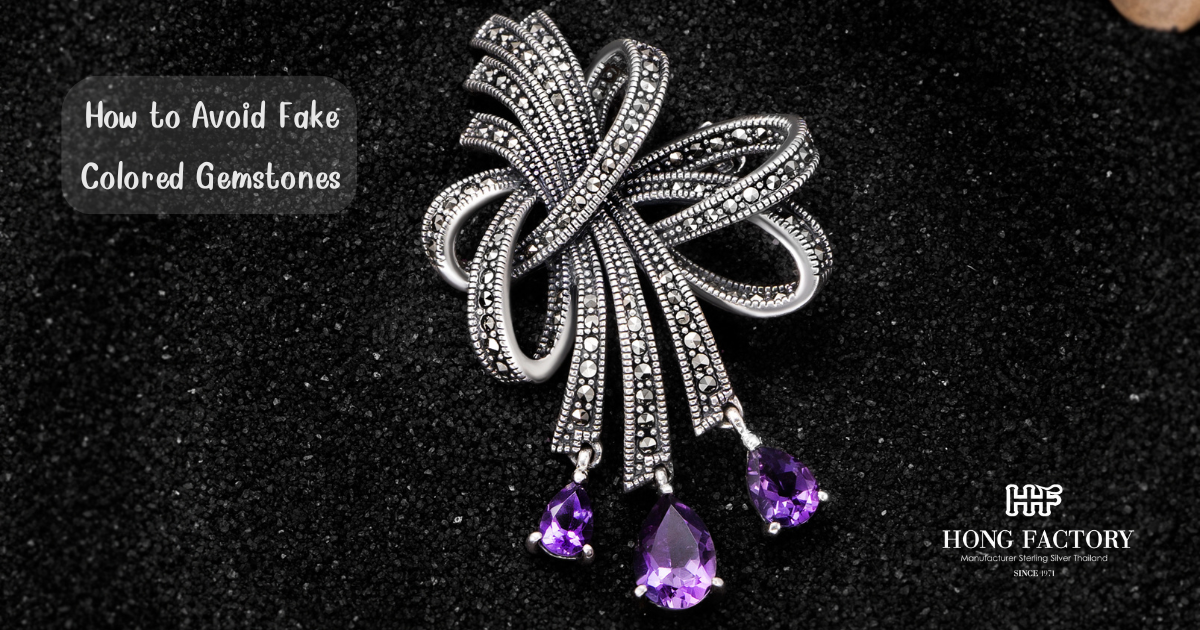The History and Cultural Significance
Silver jewelry has been cherished for centuries, with deep historical and cultural significance across civilizations. From ancient religious artifacts to modern fashion statements, silver remains a symbol of power, wealth, and beauty.
This article explores the history of silver jewelry, its cultural importance, and how different traditions have shaped its meaning.
1. Silver Jewelry in Ancient Civilizations
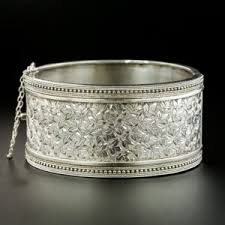
Silver in Ancient Egypt
- Egyptians valued silver more than gold due to its rarity in their region.
- Pharaohs and nobles wore silver amulets and jewelry to symbolize divine protection.
Silver in Greek and Roman Cultures
- The Greeks associated silver with the moon and the goddess Artemis.
- Romans used silver for intricate rings and armor embellishments.
Silver Jewelry in China and India
✔ In China, silver was believed to have protective and healing properties.
✔ In India, silver anklets, nose rings, and bangles symbolize status and prosperity.
2. Medieval and Renaissance Silver Jewelry
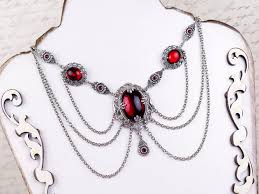
Silver in Medieval Europe
- Worn by royalty and religious leaders to show wealth and faith.
- Used in amulets and talismans for protection.
The Renaissance Era and Ornate Silver Designs
✔ The use of intricate silver engravings and gemstones became popular.
✔ Artisans crafted detailed silver lockets and signet rings.
3. The Role of Silver Jewelry in Modern Culture
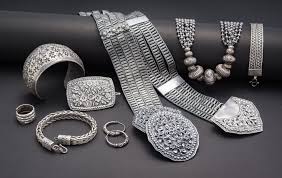
Silver in Fashion and Pop Culture
✔ Sterling silver jewelry remains a staple in high fashion.
✔ Celebrities and influencers showcase silver statement pieces in global trends.
Spiritual and Healing Uses of Silver
✔ Many people wear silver jewelry for energy balance and spiritual healing.
✔ Silver is believed to neutralize negative energy and enhance intuition.
From ancient civilizations to contemporary fashion, silver jewelry has played a key role in cultural identity and self-expression. Whether worn for status, spirituality, or style, silver continues to be a timeless and meaningful accessory.

